Hay Jennifer - Micro and Nanomechanics, Volume 5: Proceedings of the 2016 Annual Conference on Experimental and Applied Mechanics
Here you can read online Hay Jennifer - Micro and Nanomechanics, Volume 5: Proceedings of the 2016 Annual Conference on Experimental and Applied Mechanics full text of the book (entire story) in english for free. Download pdf and epub, get meaning, cover and reviews about this ebook. City: Cham, year: 2017, publisher: Springer International Publishing, genre: Romance novel. Description of the work, (preface) as well as reviews are available. Best literature library LitArk.com created for fans of good reading and offers a wide selection of genres:
Romance novel
Science fiction
Adventure
Detective
Science
History
Home and family
Prose
Art
Politics
Computer
Non-fiction
Religion
Business
Children
Humor
Choose a favorite category and find really read worthwhile books. Enjoy immersion in the world of imagination, feel the emotions of the characters or learn something new for yourself, make an fascinating discovery.
- Book:Micro and Nanomechanics, Volume 5: Proceedings of the 2016 Annual Conference on Experimental and Applied Mechanics
- Author:
- Publisher:Springer International Publishing
- Genre:
- Year:2017
- City:Cham
- Rating:5 / 5
- Favourites:Add to favourites
- Your mark:
Micro and Nanomechanics, Volume 5: Proceedings of the 2016 Annual Conference on Experimental and Applied Mechanics: summary, description and annotation
We offer to read an annotation, description, summary or preface (depends on what the author of the book "Micro and Nanomechanics, Volume 5: Proceedings of the 2016 Annual Conference on Experimental and Applied Mechanics" wrote himself). If you haven't found the necessary information about the book — write in the comments, we will try to find it.
Hay Jennifer: author's other books
Who wrote Micro and Nanomechanics, Volume 5: Proceedings of the 2016 Annual Conference on Experimental and Applied Mechanics? Find out the surname, the name of the author of the book and a list of all author's works by series.

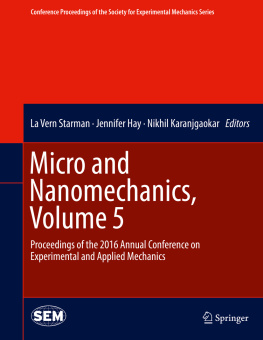




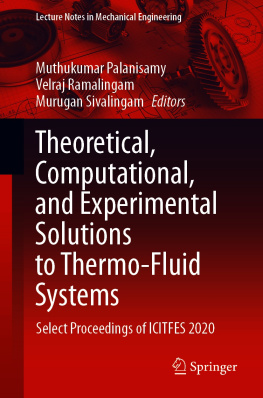
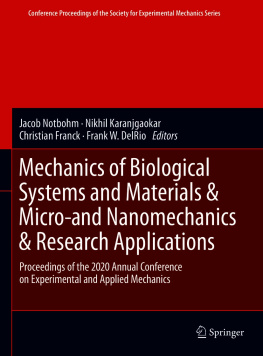

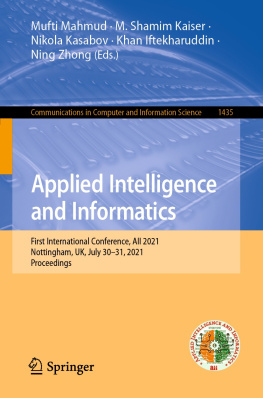

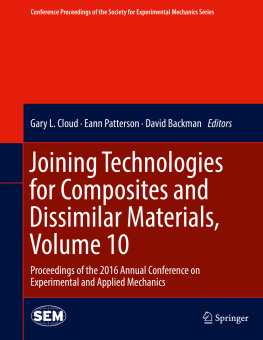


 is the universal gas constant, and T is the absolute temperature, and RH is the relative humidity. There are two parameters characterizing the geometry of the menisci: the contact angles {1,2}, depending on the surfaces properties, and the Kelvin radius r K given by Cai and Bhushan []
is the universal gas constant, and T is the absolute temperature, and RH is the relative humidity. There are two parameters characterizing the geometry of the menisci: the contact angles {1,2}, depending on the surfaces properties, and the Kelvin radius r K given by Cai and Bhushan [] 

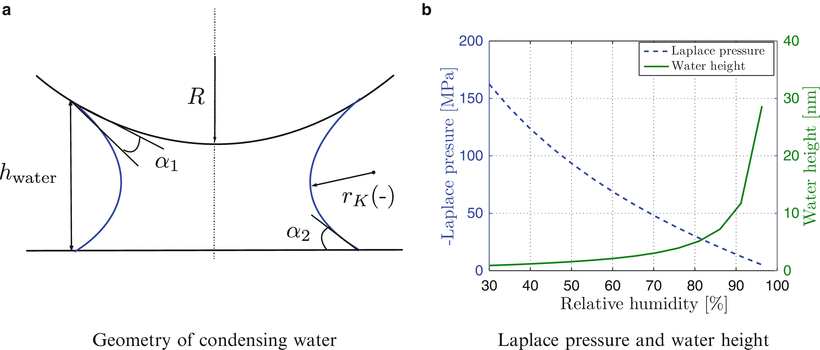
 . Moreover, the condensing water heights are comparable with the roughness of the typical MEMS surfaces []. Therefore, there exist uncertainties on the contact problem between two rough surfaces.
. Moreover, the condensing water heights are comparable with the roughness of the typical MEMS surfaces []. Therefore, there exist uncertainties on the contact problem between two rough surfaces. by its mean surface
by its mean surface 